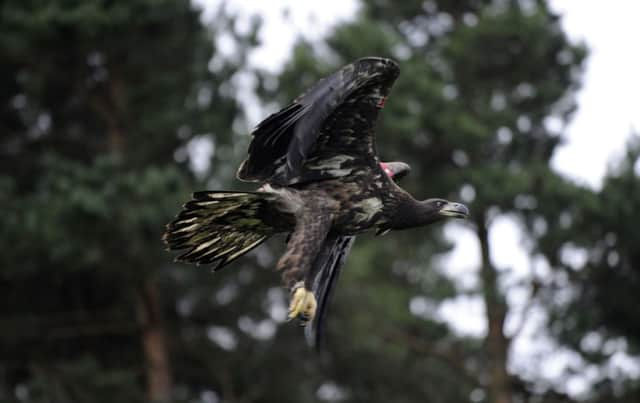Code ensures species survive and thrive


The introduction of elephants to the Australian outback and Madagascan lemurs to the Caribbean are two of the more extreme international “conservation translocations” that have been proposed in recent years. But, there has been a certain amount of controversy on similar issues closer to home. Scotland is taking the lead in an initiative to harness goodwill and drive a multidisciplinary approach to best-practice conservation.
Human-assisted migration of species for conservation in Scotland most typically involves small scale, within-country, movement. From reintroducing sticky catchfly to Arthur’s Seat, in Edinburgh, to reinforcing populations of the woolly willow in the Angus glens, the translocation of species to restore past losses or bolster dwindling populations is a widely applied conservation tool. And in the middle ground, between the extremes of suggested inter-continental movement of elephants and the day-to-day pragmatism of moving plants a few kilometres, are the often high-profile reintroductions of iconic species to parts of their previous native range, such as the movement of sea eagles from Norway to the Scottish west coast and Fife.
Advertisement
Hide AdAdvertisement
Hide AdIn most circumstances, conservation translocations are a last resort. Managing species where they naturally occur is usually more cost effective and achievable. There is no time machine to reverse the local extinction of a species. And, replacement and replenishment carries with it a series of challenges. Where should new stock come from, how many individuals should be moved and when? If the moves are made, will the translocated individuals survive, will their movement spread pests or disease. Will there be impacts on other uses of the land?
The recently-launched Scottish Code for Conservation Translocations aims to address these issues by providing a framework to guide actions and to minimise problems. The Code’s genesis lies in the 2013 publication of new international guidelines by the International Union for Conservation of Nature. This advice was issued in light of the increasing frequency of translocations as a conservation tool and concerns that climate change and habitat fragmentation mean many species may become marooned in diminishing patches of increasingly unsuitable habitat.
What does this mean in practice? Some 26 organisations have joined the new National Species Reintroduction Forum, chaired by Scottish Natural Heritage, to bring together the viewpoints of the conservation, science and land-use sectors.
These different custodians of the land and interested-parties do not always have the same aspirations or vision for rural Scotland. But their commitment to dialogue and search for common ground is the key step. A conservation benefit to one organisation can be a planning restriction to another. One thriving wild species can be a success story for conservation but a pressure on other rural livelihoods. And, there is a fine line to be navigated between cautious movement of a species beyond the edges of its range to assist its migration to track changing climate, versus inadvertently establishing a new non-native invasive species.
The Scottish Code for Conservation Translocations covers all the aspects of planning a translocation. From the conception of a proposal, through to legal issues and permissions, the biological requirements of species, the things that can go wrong, and critically the need to respect the different uses of the Scottish countryside.
Ongoing environmental change will necessitate increasingly interventionist actions if we are to avoid further species declines and loss of the associated benefits that come from the human contact with nature. The wider success and acceptance of these interventions to protect Scotland’s biological resources – its natural capital – will ultimately depend on reducing conflicts and maximising benefits. In this respect, the National Species Reintroduction Forum, and its Code of Practice, represents a world first. Pragmatic, open, dialogue by stakeholders about the issues and a shared agenda for reaching consensus around reintroductions is a crucial step forward.
The Scottish Code for Conservation Translocations is at www.snh.gov.uk/translocation-code
• Professor Pete Hollingsworth is Director of Science, the Royal Botanic Garden Edinburgh Doctor Martin Gaywood is a Policy and Advice Manager, Scottish Natural Heritage